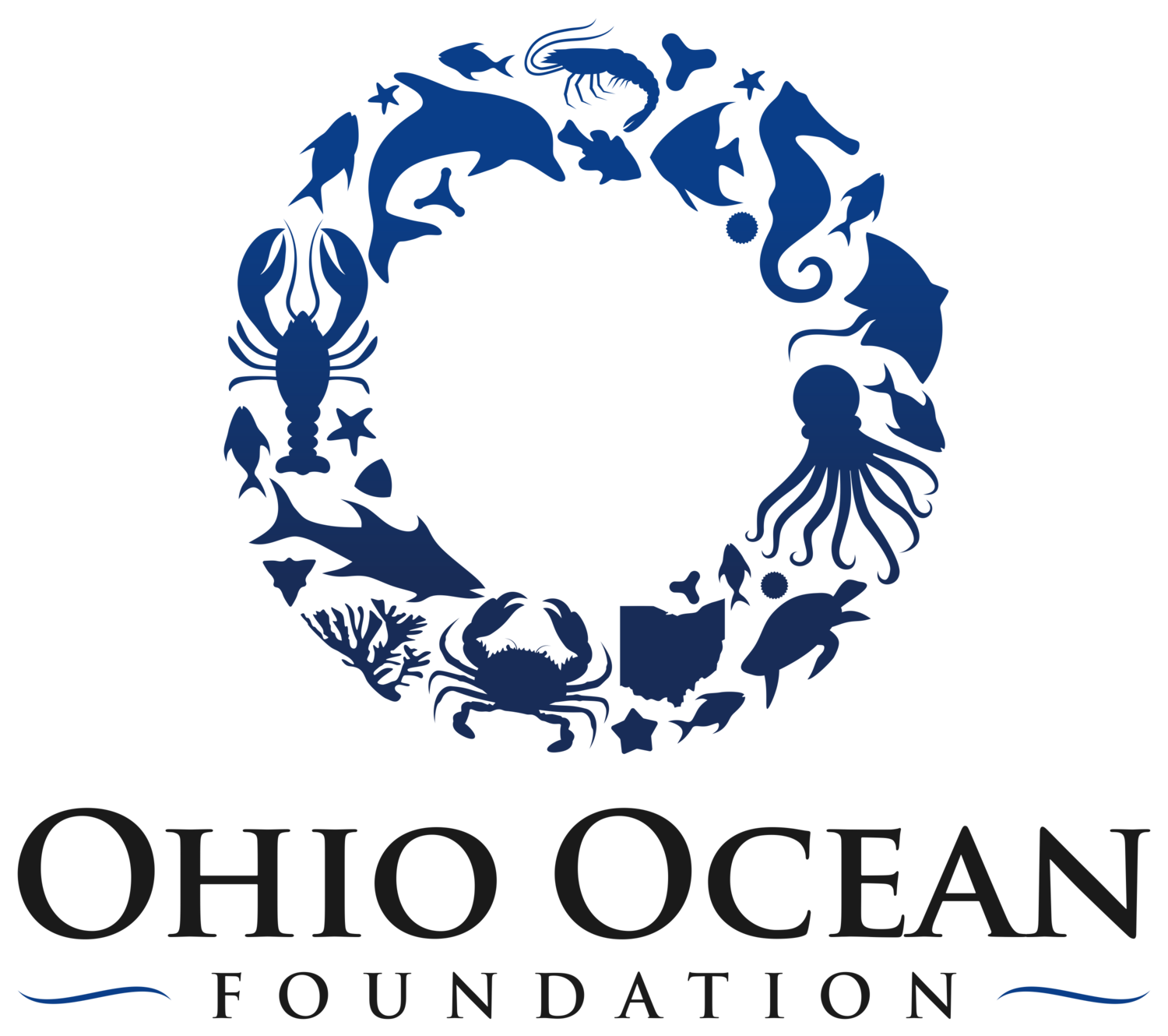Can the Ocean Really Cure Cancer?
Pexels, 2018
By Sophia Madeline, Ohio Ocean Foundation Intern
The ocean provides us humans with a variety of unique resources. It provides half of all the air we breathe, 95% of the Earth’s water, and a main food source for 3.5 BILLION people. While these resources are incredibly beneficial for humans and the Earth in general, there appears to be much more potential in the ocean than this. Scientists have been discussing the possibility of medicinal properties in the ocean for years, and there appears to be more information on this every day. There is even significant research to suggest that there is a cure for cancer lying in our mysterious oceans. In fact, shark DNA, marine sponges, and even small barnacle-like creatures have been some of the leading clues to cracking the cancer code through the ocean. However, this seems like a daunting task. Human beings have been trying to find cures for this disease for millenia, yet we are still struggling. Could the missing puzzle piece actually be found in the ocean?
Sharks
While sharks have been in the spotlight for a variety of reasons, a cure for cancer is probably not what one would expect from this creature. However, a study conducted through Nova Southeastern University and Cornell University examined the DNA of multiple species of sharks (especially Great White and Hammerhead) in 2017. Through their research, scientists explored a variety of modifications in their “immunity genes,” which allow sharks to heal with remarkable efficiency.
The sharks’ DNA is believed to be able to assist in blood clotting and healing human wounds. Not only have these genes shown quick wound healing, they also exhibit a stronger resistance to cancers. Because great white shark DNA is 1.5 times larger than human DNA, the animal has a larger amount of different gene codes that can do much more than humans. The DNA in great white sharks is also able to repair itself, meaning that it is not as susceptible to the same mutations that have had great impacts on people’s health. Though the scientists are still working to interpret and apply the data for treatments, this study is just one of the many ways that the ocean has suggested it holds the key to curing cancer.
Sponges
Marine sponges have also been some of front runners in the search for a cure. Researchers like Dr. Paul Teesdale-Spittle and Peter Northcote have been investigating sea sponges found only in New Zealand whose defense mechanisms have similar properties that are needed for cancer treatments. Because sponges are sessile or immobile, they require stronger chemical defenses against predators than other free-moving animals. These toxic chemicals that are released appear to impair and degrade the same functions in predators’ cells that would be necessary for killing cancer cells. This discovery now allows for more research to be conducted with the compound that causes this degradation, called pateamine. Synthetic versions of the compound will be able to be used and examined by Dr. Teesdale-Spittle and his colleagues, which could then lead to human application.
The properties of marine invertebrates are often discussed with regard to other forms of natural medicine as well. A variety of bioactive metabolites have been found in different species of sponges, which can promote better health among organisms. The mechanisms that create these metabolites have been recent spotlights in natural medicine and new studies continue to arise.
Pexels, 2016
Bugula neritina
If you have ever listened to one of the Ohio Ocean Foundation’s presentations, you will be somewhat familiar with this term. Bugula neritina is a tiny, purple animal resembling seaweed that acts like a barnacle. It often attaches itself to the bottom of docks and boats, causing it to be quite the issue in some areas. However, people’s opinions swiftly changed after a family of compounds from the organism called bryostatin appeared to halt cancer in mice through research at NCI. Thirty years after this discovery, a synthetic compound, bryostatin-1, was finally created. Unfortunately, this compound is not perfect and still needs to be tinkered with in order to develop it for human treatment. Scientists have still been working hard to collect enough of the natural compounds from Bugula neritina, though the animal can be unpredictable with regard to its abundance.
These discoveries are only scratching the surface of the many medicinal properties the ocean can hold. More studies are being conducted every year on this topic and it is leading us to a clearer understanding of the disease and our ocean. However, if we want to keep searching for more incredible findings in the ocean, we have to treat it with respect and care. A polluted ocean will not be able to help us like a clean, healthy ocean would. As much as we need the ocean, it needs us too.
Sources:
Newman, D. J., & Cragg, G. M. (2016). Natural Products as Sources of New Drugs from 1981 to 2014. J. Nat. Prod., (79), 629-661.
Rudloe, J. (n.d.). Bugula and Bryostatin. Retrieved from https://gulfspecimen.org/bugula-and-bryostatin/
Shark DNA could help cure cancer and age-related illnesses in humans. (2019, February 19). Retrieved from https://www.bbc.com/news/newsbeat-47291697
Teesdale-Spittle, P. (2019). Sea Sponges to the Rescue! [Interview by 1172532930 879055057 L. Bennett]. Retrieved 2021.
University, N. (n.d.). NSU Newsroom. Retrieved from https://nsunews.nova.edu/sharks-show-novel-changes-in-their-immune-cancer-related-genes/


